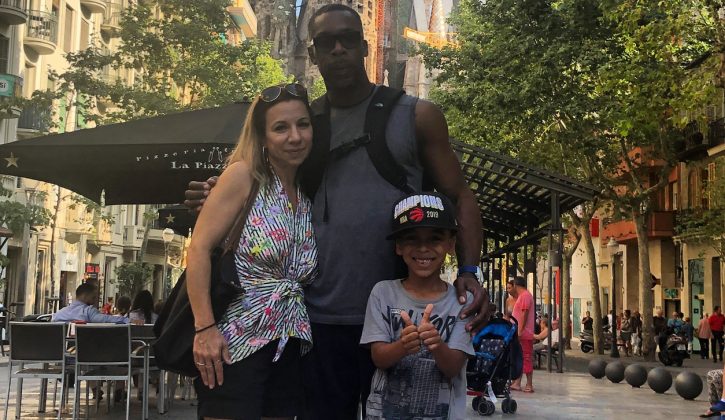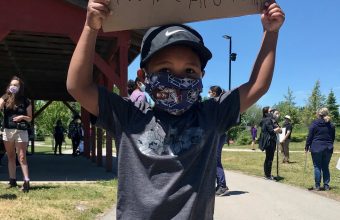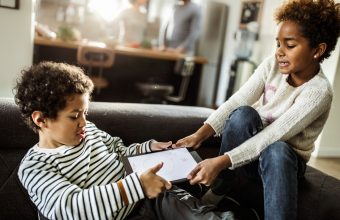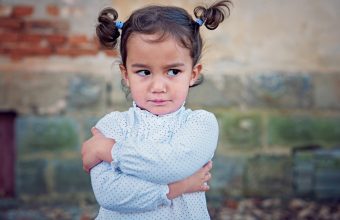Long before Black children are exposed to the hatred or violence that has been highlighted in recent weeks, they face systemic “invisibility”—a sense that they are different, and sometimes even invisible.
My son is Black. I am white. His cousins (and best friends) are Chinese. Our family gatherings are amongst the most multicultural I have ever seen. I have always thought that his friends did not treat him differently and he has thrived at school.
For those reasons, I always believed my son was protected from the injustices and inequality of the world, and that he felt included and wanted. I knew he would learn about racism one day, but I was proud that we had done a great job in sheltering him for the time being.
I was very wrong.
Last year we visited Barcelona, Spain. As we were walking towards the Sagrada Familia, I showed my six-year-old son all the intricate sculptures that adorned the church. He turned to me and said, “When I die, I want to be a white angel.”
I stopped in my steps, and asked him “Why?” And what he said next brought me to tears.
“I’ve never seen a black angel,” he replied casually, and kept walking.
There it was. While my husband and I had always made efforts to be inclusive in our home and in his life, we couldn’t shelter him from the white world around him. He had already realized the world was not made for him. Even heaven had no place for him. Heaven was filled only with white angels.
While much of Canada, at least in Toronto, where we live, is multicultural, the cultural images we see paint a different picture. Angels, heroes, scholars, actors, etc. are predominantly white. When we see a Black man on the news, it’s almost always in handcuffs. Analyses of television news consistently indicate that Black males are overrepresented as perpetrators and underrepresented as victims. We probably see just as many white men in handcuffs, but we also see white doctors, educators, experts, authors, and businessmen. So, the white “criminals” we see are a small subset.
In Canada, many believe we don’t have a racism issue, yet Black males are stereotyped even in grade school, if not younger. A 2017 report on the wellbeing of students in the Peel district school found that teachers and administrators had lower expectations for Black youth as well as stereotypes about their commitment to school and intellectual abilities.
This past Christmas, I tried to buy a black angel for the top of our tree. They were difficult to find and when I did find a few, they were three times the price of the white angels. I guess you have to pay a premium for inclusion.
So, what does this story have to do with what is happening all around us, both south of the border and in Canadian cities? Young Black children, like my son, have lived their entire lives being unseen. Being under- or wrongly-represented in popular culture—in the TV shows they watch, in the toys they play with, in the books they read. Even in our Christmas decorations. They are invisible.
We have a long road ahead of us. Every mother of a black son saw his face when watching the horrific murder of George Floyd. When that grown man called for his mom with his dying breath, he called out to all of us. We couldn’t save George Floyd but we can make a difference for the next generation of black men.
We must act and that action should start immediately with stopping violence against Black men and women, of course, but it doesn’t end there. It continues with ensuring that Black boys and girls feel represented and seen in the larger culture around them. They deserve to grow up to be respected and valued, not only by the police but by media, employers, colleagues, teachers and neighbours, because truly: Black Lives Matter.
Tagged under: Parenting,Family life,Black Lives Matter
Category: family-life






